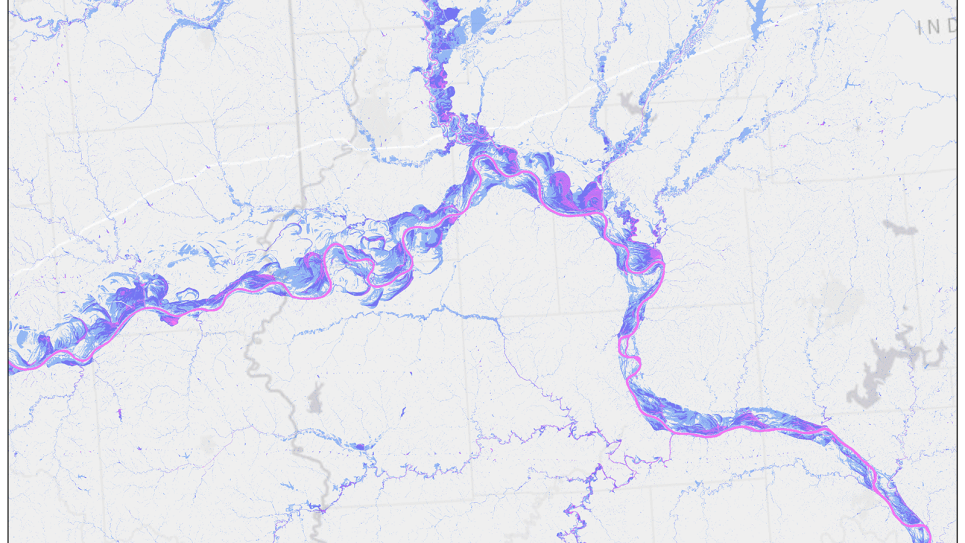
Snapshots of upwelling shortwave radiative flux at model top from a January SCREAM simulation, taken two days into the simulation (2020-01-22 at 02:00:00 UTC). The orthographic pro- jection in the middle panel shows model clouds represented by shortwave flux superimposed on a NASA Blue Marble image [53]. The insets show comparisons against Himawari-8 visible satellite imagery for two scenes: a cold air outbreak event near Siberia (left), and a cyclone south of Australia (right).


